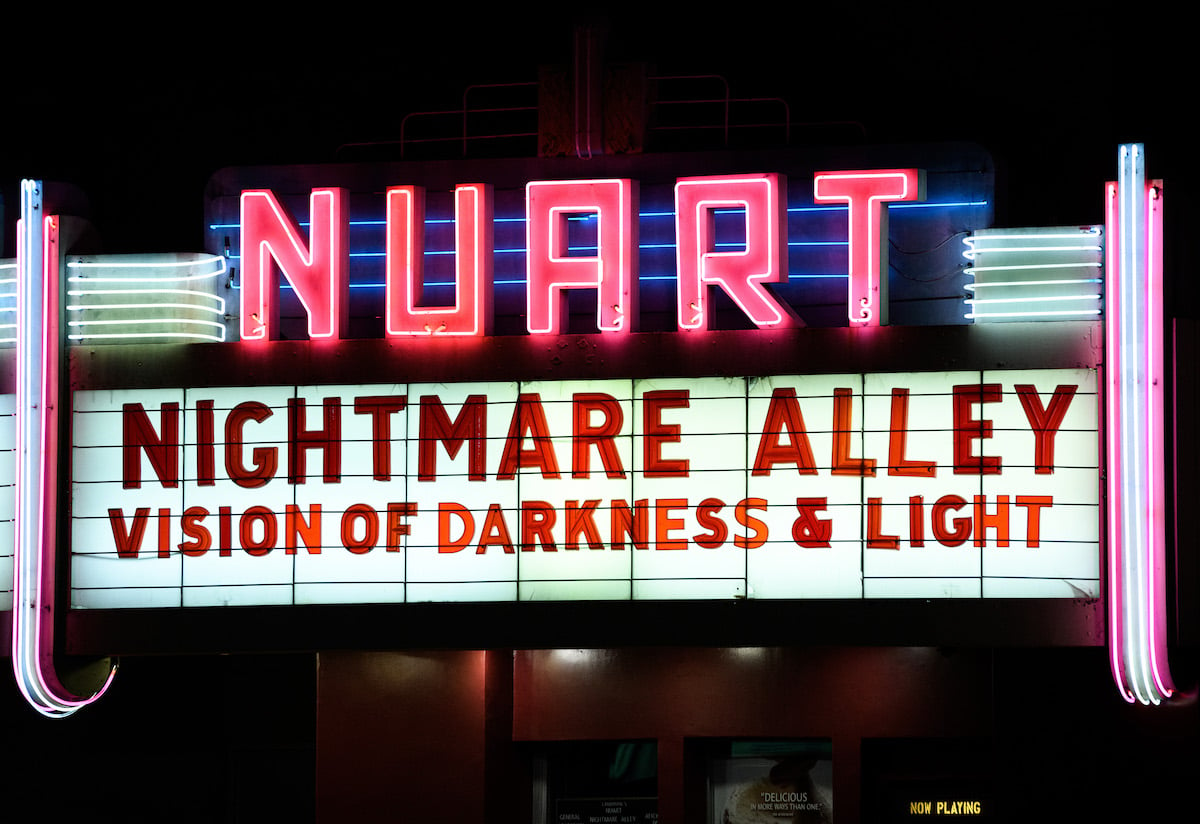
MPA Movie Ratings Guide: G, PG, PG-13, R, and NC-17
Movie ratings are how many people decide which movies to see, which ones to skip, and which ones are safe to take kids to. Here’s your guide to what the Motion Picture Association’s ratings mean, how they decide to rate a movie, and the history behind the system.

The five MPA ratings: G, PG, PG-13, R, and NC-17
The MPA gives out five rating categories: G, PG, PG-13, R, and NC-17. The current rating system was put into place in 1986. A board made up of independent parents views the films and decides which rating a movie should get.
G stands for General Audiences. According to the MPA’s website, for a movie to receive a G rating, it must contain “nothing that would offend parents for viewing by children.” G movies are typically animated children’s movies.
PG means Parental Guidance Suggested. This means the movie could have some material that parents might not want their kids to see or hear. One step up is PG-13, which “strongly cautions” parents; the film may contain material that is “inappropriate for pre-teenagers.”
R stands for Restricted. According to the MPA’s criteria, an R-rated movie “contains some adult material. Parents are urged to learn more about the film before taking their young children with them.”
The last rating is NC-17, which means that no one under the age of 17 is admitted. MPA calls these movies “clearly adult.”
What is the Motion Picture Association?
The Motion Picture Association, or MPA, was established in 1922. At the time, it was called the Motion Picture Producers and Distributors of America (MPPDA) and known as the Motion Picture Association of America (MPAA). The organization officially shortened the name to MPA in 2019.
The MPA represents the five major film studios — Universal, Paramount, Warner Bros, Disney, and Sony — as well as Netflix.
The history of the MPA’s rating system
The organization established the original rating system in 1930 in an effort to regulate the content that was being released. There was no official rating system as we know it today, but studios had to make movies that followed the Production Code.
This code, which was also called the Hays Code, consisted of moral guidelines about what could and could not be shown or spoken about in films. In 1934, the MPA established the Production Code Administration (PCA), which was in charge of reviewing and approving movies. If a movie didn’t get the PCA stamp of approval, it could not be shown in theaters.
The system was updated in 1968 to include official ratings, which were G, M (Mature), R, or X. M was later changed to PG.
In 1986, PG-13 was added to the rating system. In 1990, the X rating was changed to NC-17. Since then, the rating system categories have not changed.
The MPA’s current movie rating system has been in place for almost forty years, but it’s just the latest iteration of Hollywood’s attempts to regulate what they put on the big screen.


